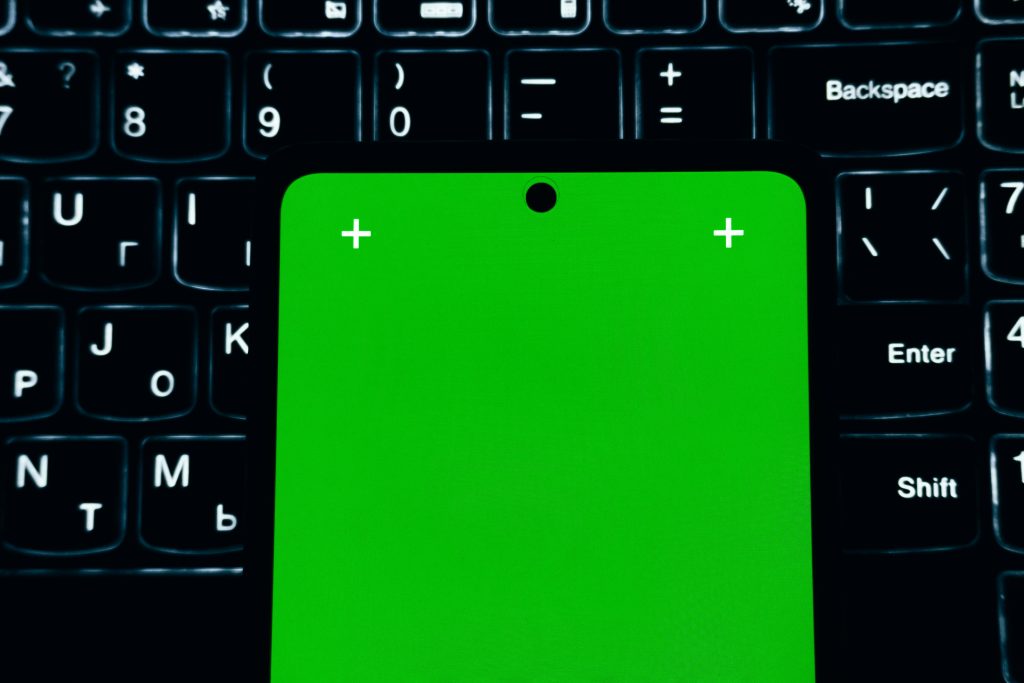Unlocking Efficiency: The Secret to Windows 10’s Performance on Low-Spec Desktops
If you’ve ever wondered why Windows 10 performs surprisingly well on low-spec machines found in schools and libraries, you’re not alone. Many users have made observations about these setups, often powered by older hardware yet running the latest Windows version with remarkable efficiency. Let’s explore the factors contributing to this phenomenon and discover some tips to enhance your own experience.
The Power of Optimization
One readily available solution to boost your Windows 10 performance is utilizing tools like the Windows10Debloater found on GitHub. This tool can significantly streamline your system by removing unnecessary bloatware and optimizing background processes. By limiting the bandwidth for background updates to just 5%, installing essential updates, and minimizing the number of startup programs, you can breathe new life into your machine.
The Advantage of Enterprise Builds
Another factor to consider is that many school and library computers operate on enterprise versions of Windows. These editions often come pre-configured with settings designed for optimal performance, including various built-in restrictions that limit resource-heavy processes. Moreover, these systems frequently offload tasks and updates to central servers, alleviating the workload on local hardware.
Imagine walking into a computer lab lined with DDR2-equipped machines featuring humble Core 2 processors and standard 320GB hard drives. These setups flourish with Windows 10, while your own AMD A9 9425 laptop, although seemingly more modern, struggles with the same operating system. The question arises: what is the secret behind this efficiency?
Steps to Boost Your Own System
-
Utilize Optimization Tools: Consider employing tools like the Windows10Debloater to remove unnecessary applications and streamline system resources.
-
Manage Background Services: Limit the bandwidth used for updates and try to disable non-essential background applications that consume your system’s memory and processing power.
-
Regular Maintenance: Ensure that all necessary updates are installed and remember to restart your device regularly for optimal performance.
-
Startup Program Management: Disable as many startup programs as possible to speed up boot times and free up resources.
-
Consider Hardware Upgrades: If feasible, upgrading from a traditional Hard Disk Drive (HDD) to a Solid State Drive (SSD) can drastically improve load times and overall system responsiveness.
Conclusion
In summary, the efficiency of Windows 10 on lower-spec devices in educational settings can largely be attributed to a combination of enterprise-level optim
Share this content:




Thank you for sharing this insightful article. It’s quite interesting to note how enterprise configurations and optimization tools significantly impact Windows 10’s performance on older hardware. If you’re experiencing slow performance on a low-spec device, I recommend starting with the following troubleshooting steps:
If these steps don’t lead to satisfactory improvements, it might be worth consulting with your school’s IT department for tailored solutions, especially regarding enterprise setup configurations or hardware upgrades.